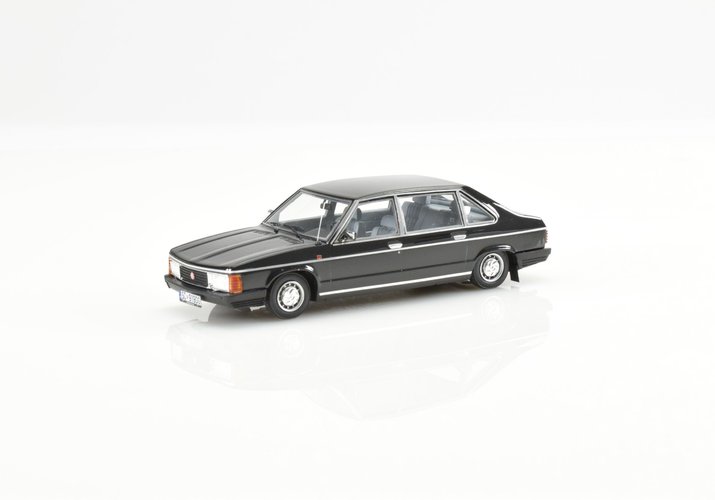Škoda Rapid 1.4 SV (1936) Journey around the world in 97 days - Photo documentation of model production - prototypes
April 25, 1936 at 4:00 p.m. started from Prague by Břetislav J. A walk with mechanic Jindřich Kubias on a production car Škoda Rapid on a trip around the world. They chose the Rapid mainly for its minimal failure rate and also for a well-designed chassis. Already at that time, the vehicle had a split front and rear axle, which facilitated driving even in bad terrain. It was also very easy to change the lips. It is necessary to realize that the road network, as we know it now, was still in its infancy and was practically non-existent in many of the countries it was about to visit.
Before the trip, only minor modifications were made to the vehicle - for example, the use of wheels with a larger diameter and with thicker tires. The Rapid vehicle that travelers chose for their purpose was in the convertible version, which later proved to be an excellent choice. Due to the underdeveloped network of filling stations, especially in the east, the vehicle was equipped with an additional fuel tank with a capacity of 60 liters. An additional oil tank was also fitted above the front bumper. The last amendment concerned electrical systems. Due to the fact that at that time the vehicle had a relatively large number of headlights (fog, directional, registration number lighting…), an additional battery was added. This concludes the overview of modifications compared to the production vehicle.
Rapid with a back frame, powered by a four-cylinder engine with a capacity of 1.4 liters and an output of 23 kW (31 hp). All four wheels were independently suspended and the car had hydraulic brakes. The total consumption of the vehicle on the whole route was 10.2 liters of gasoline + 2 dcl of oil per 100 km. The total gasoline consumption was 2,820 liters. The total oil consumption was 54 l. At the same time, entire sections, even in the length of several hundred kilometers, often had to go in first and second gear through muddy or otherwise extremely difficult terrain. The cost of the trip in prices in 1936 was estimated at approximately CZK 89,600.
The journey around the world lasted 97 days and was 27,700 kilometers long. Of this, 53 days were taken by ship transfers and customs stops. The net driving time was 44 days. After the start from Prague, the crew continued through Germany, Poland, Lithuania, Latvia and the Soviet Union. They sailed across the Caspian Sea, followed by a move through Iran, where the crew delayed due to a sandstorm. The delay it caused forced them to take a non-stop route from Quetta, Pakistan, to Mumbai in three days to catch a ferry to Sri Lanka. After passing through Malaysia and Singapore, another voyage led through Hong Kong and Shanghai to the Japanese city of Kobe. Subsequently, through Honolulu, travelers sailed to San Francisco. They then completed a 5,300-kilometer journey to New York in 100 hours and 55 minutes, breaking the previously valid speed record by more than nine hours. The last stage led from Cherbourg, France via Paris and Nuremberg, back to Prague, where she returned on August 8, 1936.
Without exaggeration, we can say that even with a gap of almost 100 years, this performance is amazing. Especially when we realize the condition of the road and transport infrastructure at the time.
Source: Škoda auto
1. Prototype

3. Prototype

Final model

Real vehicle









